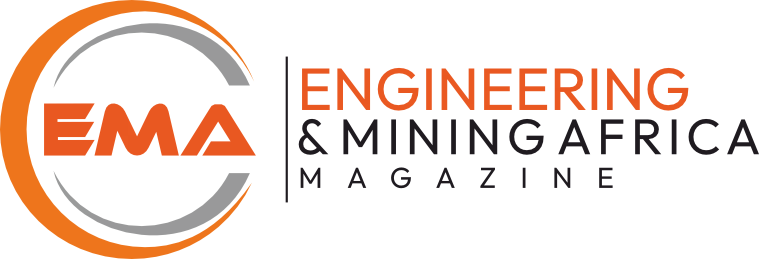Artificial Intelligence (AI) and Machine Learning (ML) have begun to transform many sectors, and the mining industry is no different. The inherently hazardous environment within a mine can be made far safer with AI-based solutions such as autonomous equipment. Not only do these solutions enable improved working conditions, but they mitigate the risk of injuries and fatalities while also improving skills development and enhancing productivity, efficiency, and profitability. Ensuring that mine workers have the skills to make use of these next-generation tools is imperative and partnering with an experienced Temporary Employment Services (TES) provider can be hugely beneficial in this regard.
The 4th industrial revolution
As the world has become increasingly digitalised, we have moved into the 4th Industrial Revolution, also known as 4IR. One of the hallmarks of this revolution is the use of automated technology to disrupt and enhance processes. In the mining industry, a sector that is already unpredictable and sensitive to change, investment in automation solutions can help to improve safety, sustainability, productivity, and efficiency.
With already high operating costs and dangerous working conditions, many mines are investing in the use of AI, ML, Virtual Reality (VR), and particularly robotic solutions, such as autonomous equipment. These solutions enable machines to perform dangerous tasks such as mapping and surveying, drilling and explosives handling, jobs which previously required the proximity of people, which in turn placed their lives in danger. Now, robots can take on these tasks instead, with greater accuracy, more efficiency and far less risk to human life.
Long-term benefits
Autonomous mining equipment that operates remotely can not only improve worker safety but also has a host of other long-term benefits as well. Cost savings can be realised due to improved efficiency, and productivity can be reached faster because robots can work 24 hours a day – they do not require breaks or sleep, only periodic preventative maintenance. This increases output and profitability, improving stakeholder relations.
It also allows workers to transition from hazardous roles to the task of monitoring the automated processes and operating machinery at a distance using VR, which can also be used for simulation training to enhance skills development. However, there are numerous challenges when it comes to making the move to automation, robotics and AI.
Overcoming the hurdles
One of the most significant challenges for mines is that of infrastructure. Because mines are typically located in rural areas, or at least outside of main centres, the infrastructure is simply not available to support the use of next-generation technology. Upgrading this can be costly and time-consuming, but necessary if digitalisation is to take place. In addition, areas may be difficult to access, which makes security and mobility an issue.
Aside from these potential problems, the introduction of automation could lead to the loss of jobs for people whose skill sets are being replaced. Workers need to be trained and upskilled and given the tools and capabilities to adapt to meet the changing environment. Tertiary education facilities need to realign with new skills and new demand, and mines need to ensure that their training is brought up to speed. The already existing skills gap in the industry will only continue to widen if this is not adequately addressed.
Partnering with the right TES provider
Moving into the 4IR and working alongside digitalisation, AI, ML, robotics and automation is a cycle of continuous learning, adaptation and skills development to ensure employees are not left behind. The right TES partner, one that understands the changes and challenges, and one that can work with the industry stakeholders, can be an invaluable asset. They will help to ensure that the appropriate skills are in place, that skills development is aligned with need and demand, and that they work with mines to source and place the right talent. An experienced TES partner can also connect mining companies with facilities and training partners, with the specialists and skills required, to develop and adapt the skillsets, courses, training, and upskilling that are required for the movement into digitalisation.
Adapt or be left behind! Both employers and employees need to understand that technological innovation is necessary and can deliver enormous benefits. The change is already upon us, and if mines stay in the past and do not adapt, they will be left behind as its competitors embrace digitalisation. Moving with the 4IR is also key in maintaining the trust of investors, which is critical for sustainability and continued operations. The reality is that we cannot go backwards, and all mines need to start somewhere. The right TES provider can help, partnering with mining organisations to reach their goals, upskill and develop people, and enable them to move with the digital revolution.


